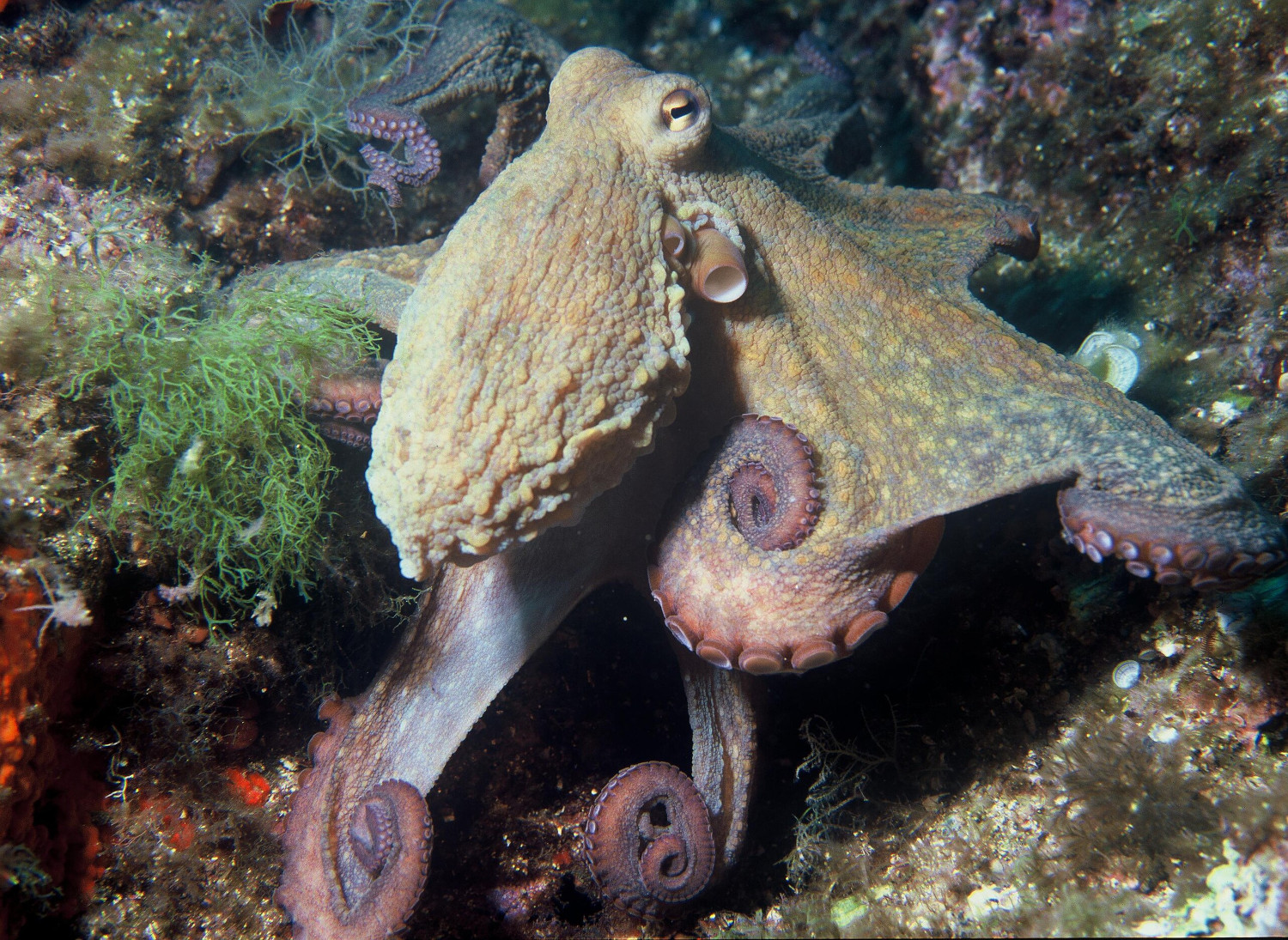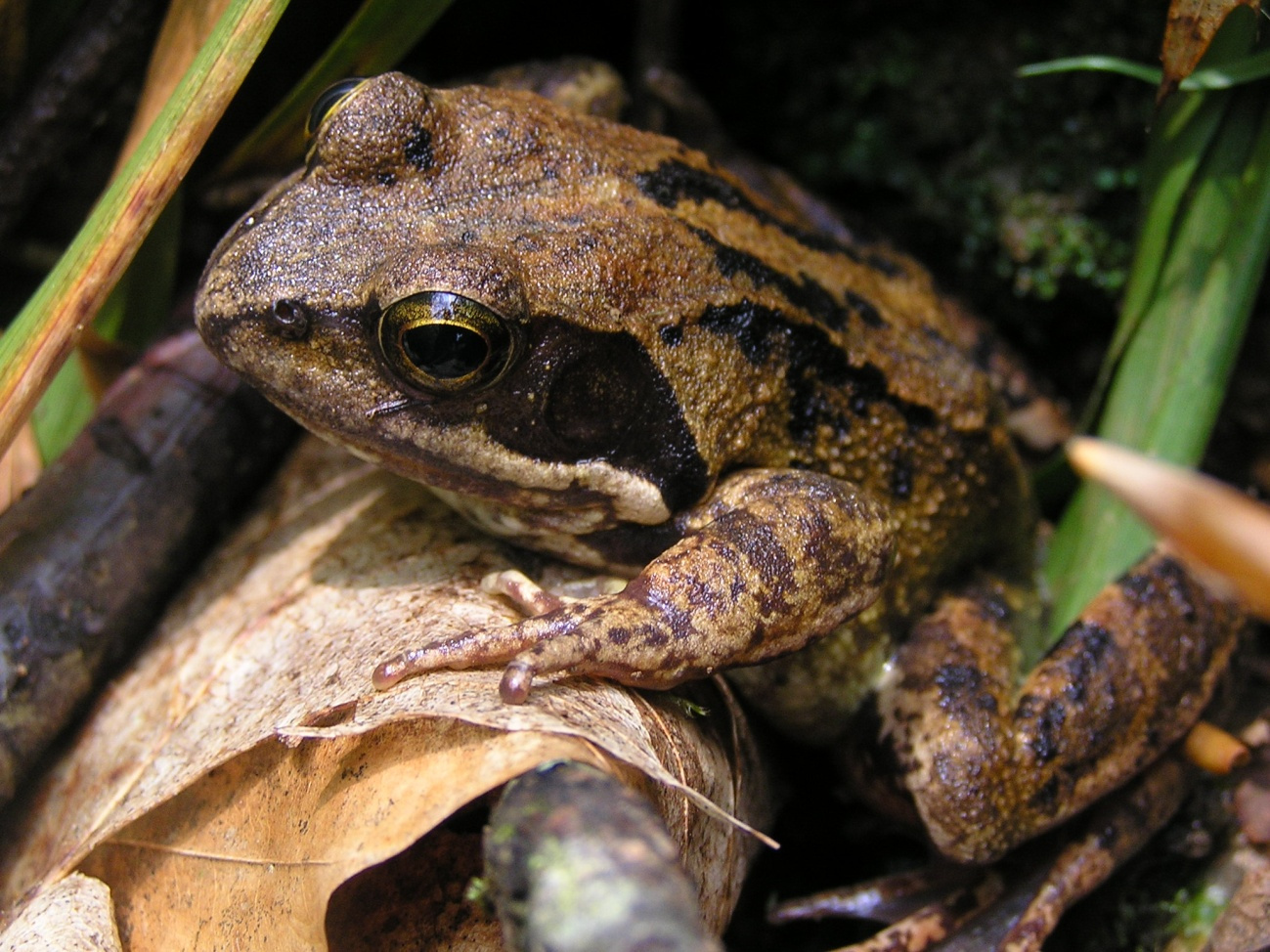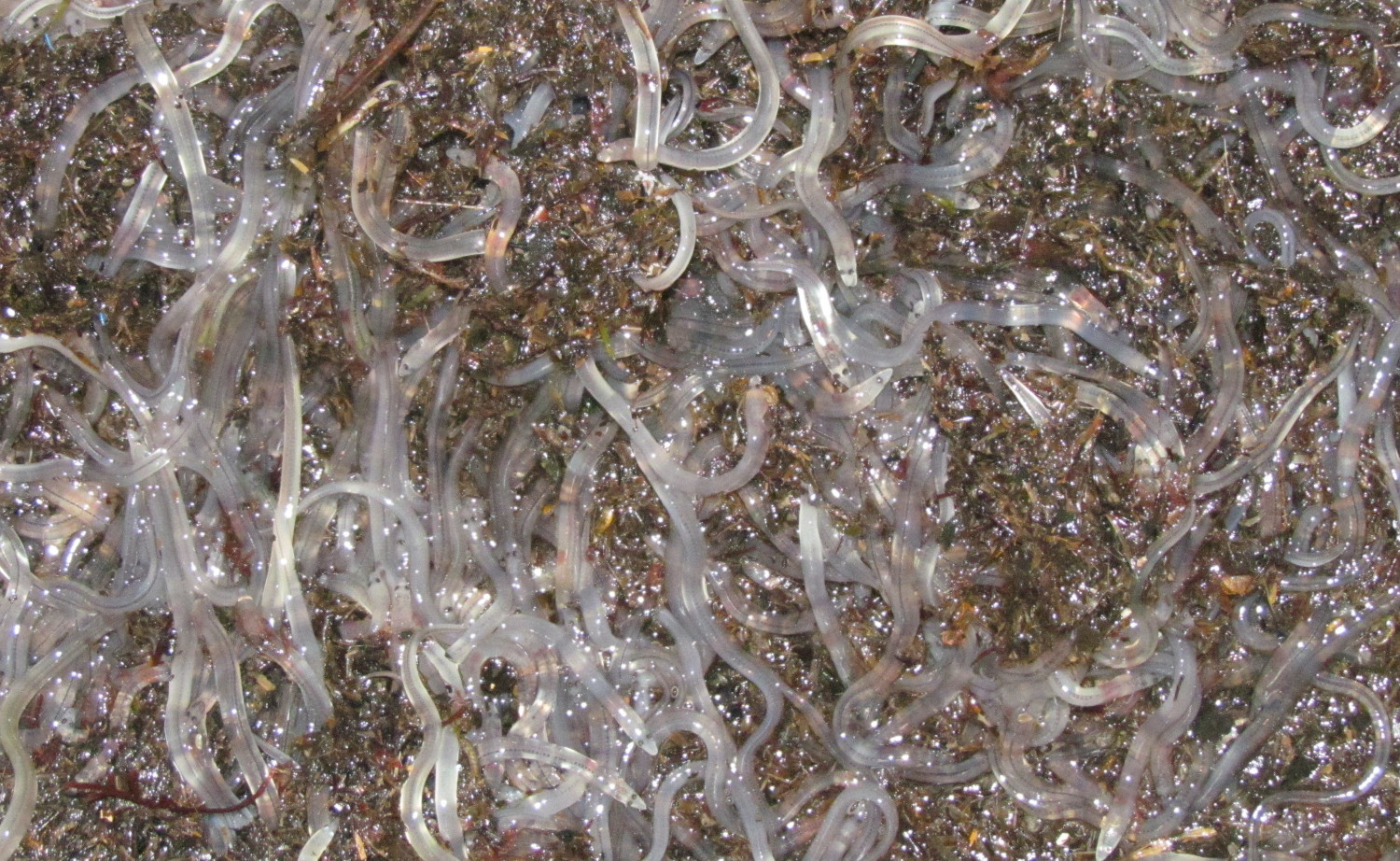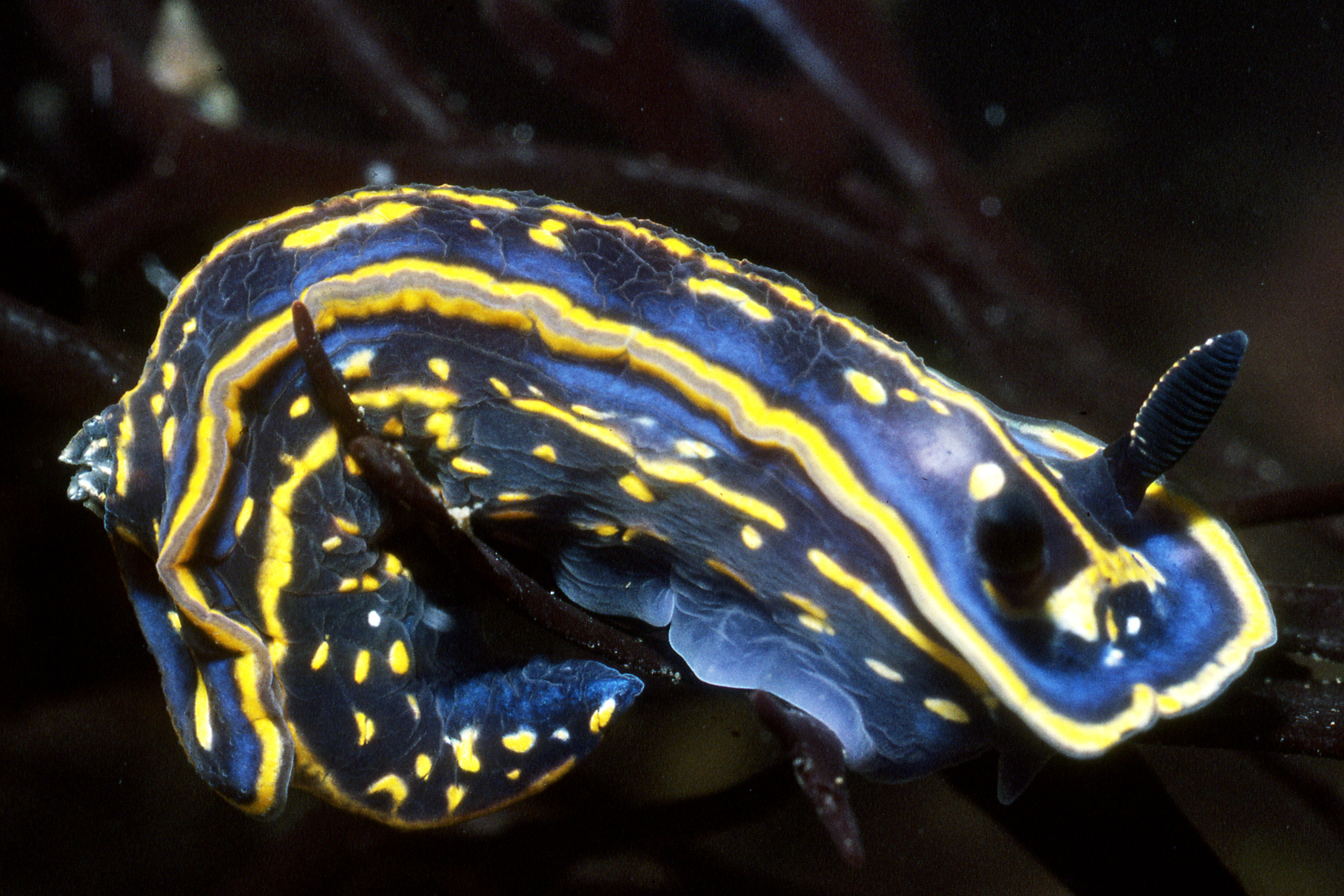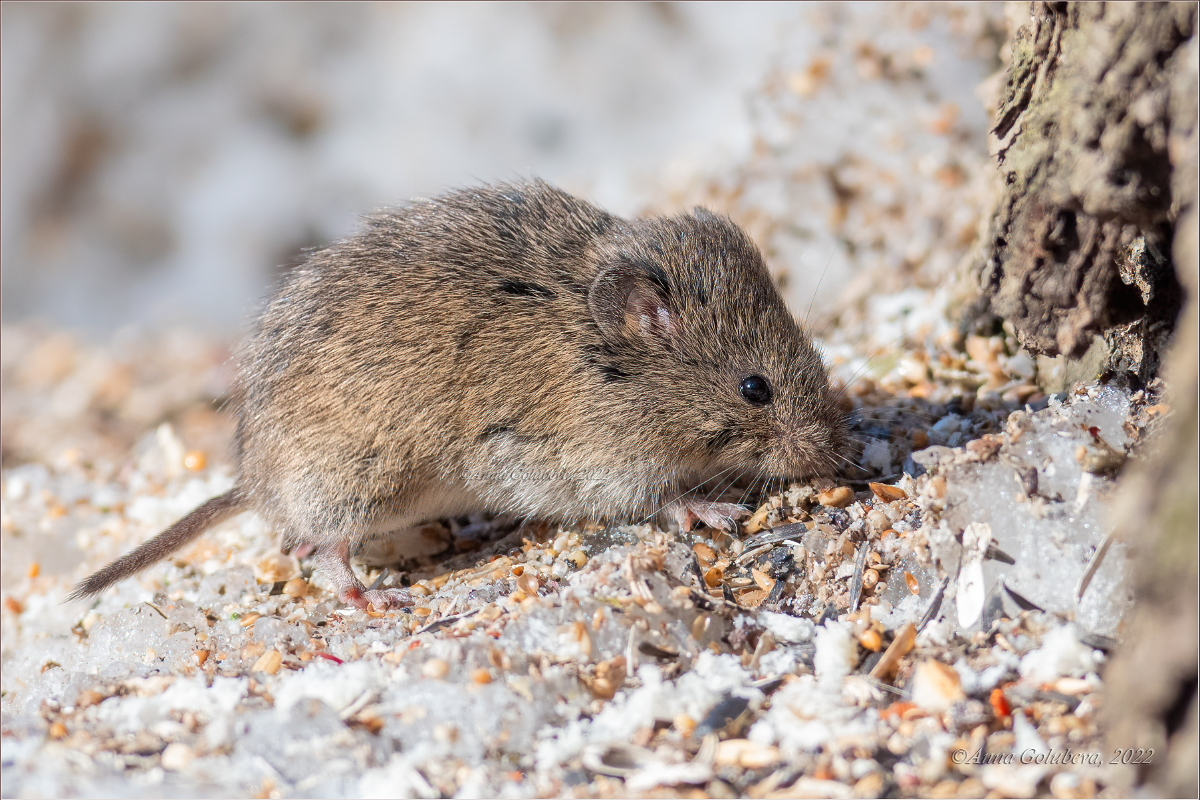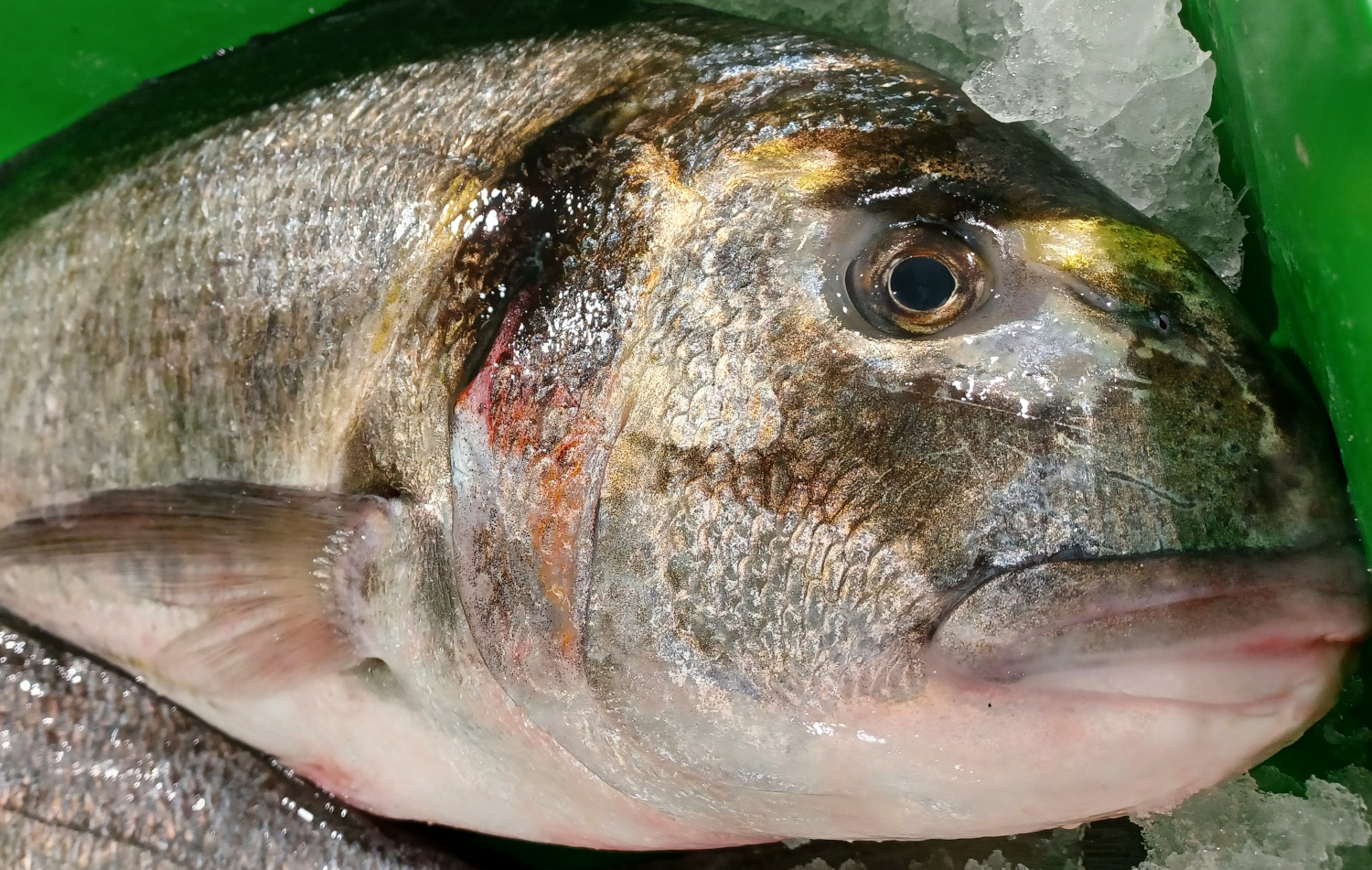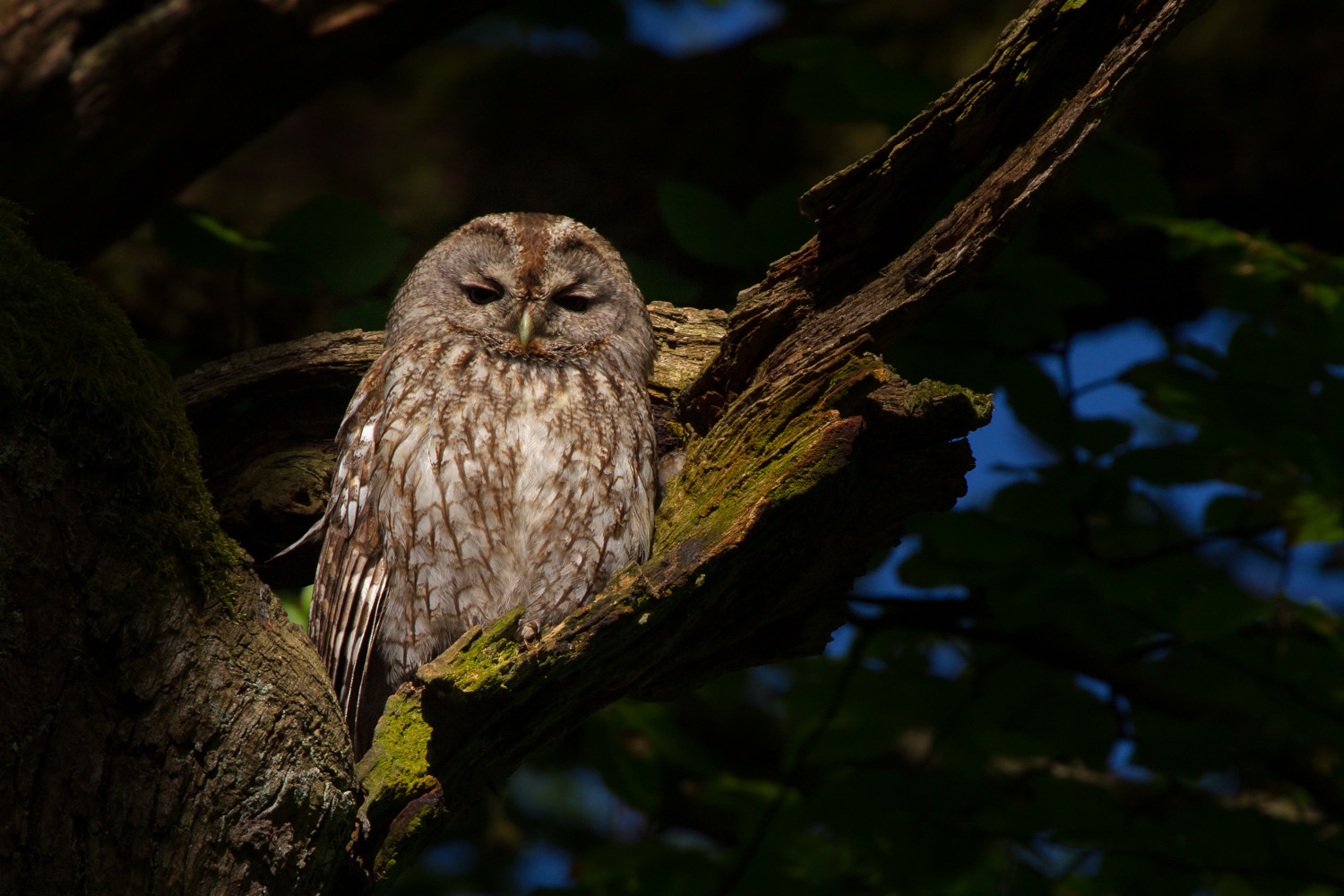Procedure
- This bird has created many sayings. Although it's hard to see, we all know it. How? By singing. We can think that his name has given him the way to sing. She sings every year in spring and in summer she silences. According to the saying, “in May I die in San Pedro”. How not, we talk about quota!

Cuco (Cuculus canorus)
Group: Vertebrate / Bird.
Size: Moco-tail 32 to 36 cm. South length 54-60 cm.
Where does he live? Forests.
What do you eat? Insects, mainly caterpillars.
Level of protection: it is protected at European level.
This bird known in most places in Euskal Herria as kuku or kükü, is also known as diving in Álava. Cuckoo is also known for its reproduction, as it is known that it does not breed its chickens. The Cuckoo female lays the egg in the nest of another bird species, so that the host couple of birds grows their own chick. They can be petirrojo, carricero or txepetxa. But how is it possible that these birds don't detect the infiltrated egg of the cuckoo? Well, look, cuckoo females specialize in making eggs like these kinds of birds. In addition, it will usually use nests of the same species. It is said that this specialization is genetic and the cuckold reared by the petirreds, when he is an adult, will put the egg in the nests of the petirreds. That's no small thing, and the cuckoo chick is born before the other eggs and throws other eggs or chickens in the nest. So it will be the only chick in the nest, all the food that adoptive parents bring will be for him.
Going back to the sentences, why does it cook in May? Don't we hear during the year like stares or pickles? No, because the cuckoo is migratory, that is, winter passes in Africa and comes to us in spring. That's why we heard for the first time at this time, because nothing else gets here starts looking for a couple singing.
Kukua's first song was related to money: after spending winter in the farmhouses, if when he heard the cuckoo there was still money left in his pocket, it was a good sign. Even when someone is seriously making money, it is said that “the cuckoo has hit him badly.” And even more serious: “The next cuckoo will not hear!” So stay tuned! Because now the cuckoo is coming.
After breeding, in the autumn she remarches to Africa to spend the winter. And even if it sounds like a lie, both adults and young people can fly non-stop between 3,000 and 4,000 kilometers to overcome the Mediterranean or the Saharawi desert. Once they have been overcome, they will remain in the vicinity of the Sahel for a month to regain strength and move towards the inverse areas. Winter passes in the vicinity of Nigeria, Cameroon, Congo or Angola.
Cuckoo is insectivorous, that is, it eats beetles, grasshoppers, crickets, worms, etc. But the most preferred ones, including those containing toxic substances or hives, are as we know as processionary or pine tremor. Therefore, the cuckoo exerts a biological control of this herb so abundant in our pine forests. As for many other species, habitat transformation and intensification for stock conservation can be affected. Droughts in southern Sahara will also influence. But the big problem for this species is climate change, because the seasons of the fall of the quota and the species that are its hosts change, and it risks not matching.








